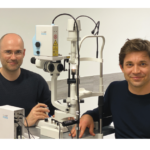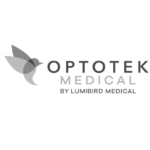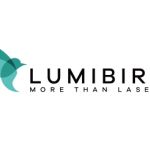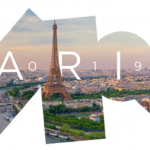DCR Workshop
You are kindly invited to attend a one day workshop
Transcanalicular laser assisted DCR
Workshop will take place during the winter ESCRS meeting in Ljubljana on 13th February 2014.
Organized by: Optotek d.o.o.
Performed by: University Medical Centre Ljubljana – Eye Hospital
Venue: University Medical Centre Ljubljana – Eye Hospital
The Method developed by prof. dr. Brigita Drnovšek-Olup has been successfully used since 2006 at the University Medical Centre Ljubljana – Eye Hospital.
Why use TRANSCANALICULAR DCR?
– For the effective treatment of watery eyes (up to a 95% success rate).
– To avoid unwanted charring during the DCR treatment.
– Minimal invasive technique with less bleeding and charring.
– No scarring and fast patient recovery.
– The operation can be performed under local anesthesia on an outpatient basis.
Join the workshop and learn more about the theoretical and practical point of view of the transcanalicular DCR treatment.
Registration via: optotek@optotek.si
The registration fee until 31st January 2014 is 500 EUR (resident fee 250 EUR). After this date the registration fee increases to 600 EUR. Number of participants is limited.
From the publication which has 11 scientific citations in the last 3 years:
»The 980 nm endoscopic laser DCR with bicanalicular intubation is a minimally invasive, quick procedure yielding results comparable to classic DCR (90-95%) and better than TNE-DCR (80-85%) or other endoscopic laser DCR procedures (70 -80%).«B. Drnovšek-Olup, M. Beltram: Transcanalicular diode assisted dacryocystorhinostomy, Ind. Journal of Ophth., 58 (3), 2010
Publications:
1. M. Beltram, B. Drnovšek-Olup, 8-year follow-up of minimally invasive TCL-DCR with analysis of restenoses. V: Final program and abstract book. Barcelona: ESOPRS, 2013, 53-54.
2. B. Drnovšek-Olup, Transcanalicular laser-assisted dacryocystorhinostomy. V: Final Programme: SOE 2013. Copenhagen: SOE, 2013, 41.
3. R. Dogan, A. Meric, M. Ozsütcü, A. Yenigun, Diode laser-assisted endoscopic dacryocystorhinostomy: a comparison of three different combinations ofadjunctiveprocedures, European Archives of Oto-Rhino-Laryngology. 2013; 270(8): 2255.
4. Zrinšćak O, Iveković R, Grgić M. Transkanalikularna laserski potpomognuta dakriocistorinostomia. Transcanalicular laser-assisted dacryocystorhinostomy. 13. kongres HOD, Umag, June 2013.
5. K. Derya,S. Demirel,S. Doganay,G. Orman,T. Cumurcu,A. Gunduz Endoscopic Transcanalicular Diode Laser Dacryocystorhinostomy Ophthalmic Plastic and Reconstructive Surgery. 2013; 29 (1): 15.
6. S. Lee, M. T. Yen, Laser-assisted dacryocystorhinostomy Current Opinion in Ophthalmology. 2011; 22(5): 413.
7. Lee, S., Yen, M.T. Laser-assisted dacryocystorhinostomy: A viable treatment option? Current Opinion in Ophthalmology. 2011; 22(5): 413-418
8. B. Drnovšek-Olup, M. Beltram: Transcanalicular diode assisted dacryocystorhinostomy, Ind. Journal of Ophth. 2010; 58 (3).
9. Eichhorn,K.,Harrison, A.R. Current Opinion in Ophthalmology. External vs. endonasal dacryocystorhinostomy: Six of one, a half dozen of the other 2010; 21(5): 396-403
10. B. Drnovšek-Olup, Modern techniques of dacryocystorhinostomy. Pre-Meeting Course of Orbital, Lacrimal and Eyelid Surgery : [within] 25th ESOPRS Meeting, 13 September 2007, Ljubljana, Slovenia. Ljubljana: University Medical Centre, Department of Ophthalmology. 2007, 30-35.




